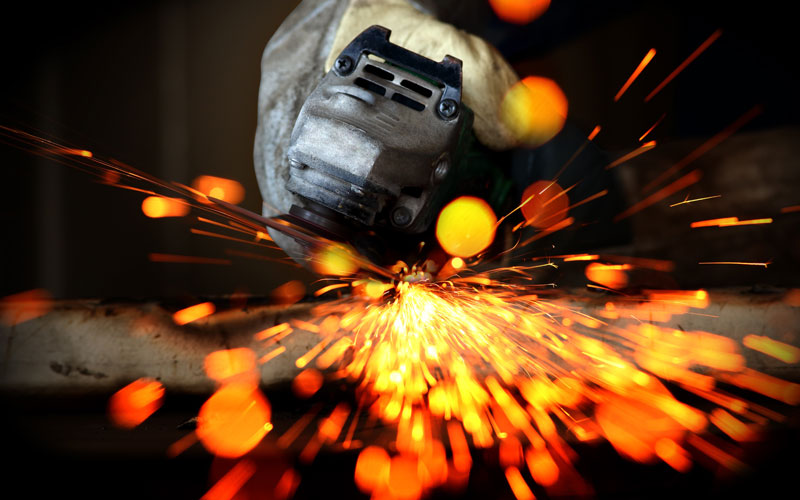Abrasive Grit Size
Abrasive grit size is determined by dropping the grit through a 1 inch by 1 inch screen with the same number of holes that match the grit, so 24 holes equals 24 grit. If the grit gets stopped in that screen then it is 24 grit. Some of the finer grits are blown up though the screens.
Abrasive grit size USA vs. P graded
The grit size on most coated abrasives will be a standard number such as 36, 80 150, etc. If there is no letter after the number is graded by the USA standard. If there is a P after number then it is European graded. So what are the differences? From 16 Grit to 180 grit they are the same but after that they change quite a bit. A 280grit USA equals a P360, 360 USA equals P500, a 400 USA equals aP800, a 800 USA equals a P1500 and 1000grit USA equals a P2500.
Is really important in PSA discs, Shop Rolls and any orbital sanding that your customers may do. This will be evident when we go against Klingsor in the DA disc market that we see in our market.
There are five major minerals used in the production of abrasives.
Garnet – used mostly in wood working, red in color
Aluminum Oxide – used mostly because of the friability of the mineral, most widely used mineral in the world today. brown in color.
Silicon Carbide – used mostly because of the high cut rate and sharpness of the mineral, but is also the shortest life, black in color
Zirconia (zirconia alumina) – used mostly because the friability and durability, best used on stainless steel, usually blue in color
Ceramic (ceramic alumina) – used mostly due to durability, will not fracture, used almost exclusively for grinding, usually red or orange in color
Some information on ceramics that are in the market today: Cubitron refers to the shape of the ceramic mineral, not to the mineral itself, because ceramics have low friability, manufacturers are making them into triangle shapes so that it increases the friability. The patent is up on the Cubitron so you will be seeing more manufacturers getting into the triangle shaped abrasive market.
by: Craig Cooley



